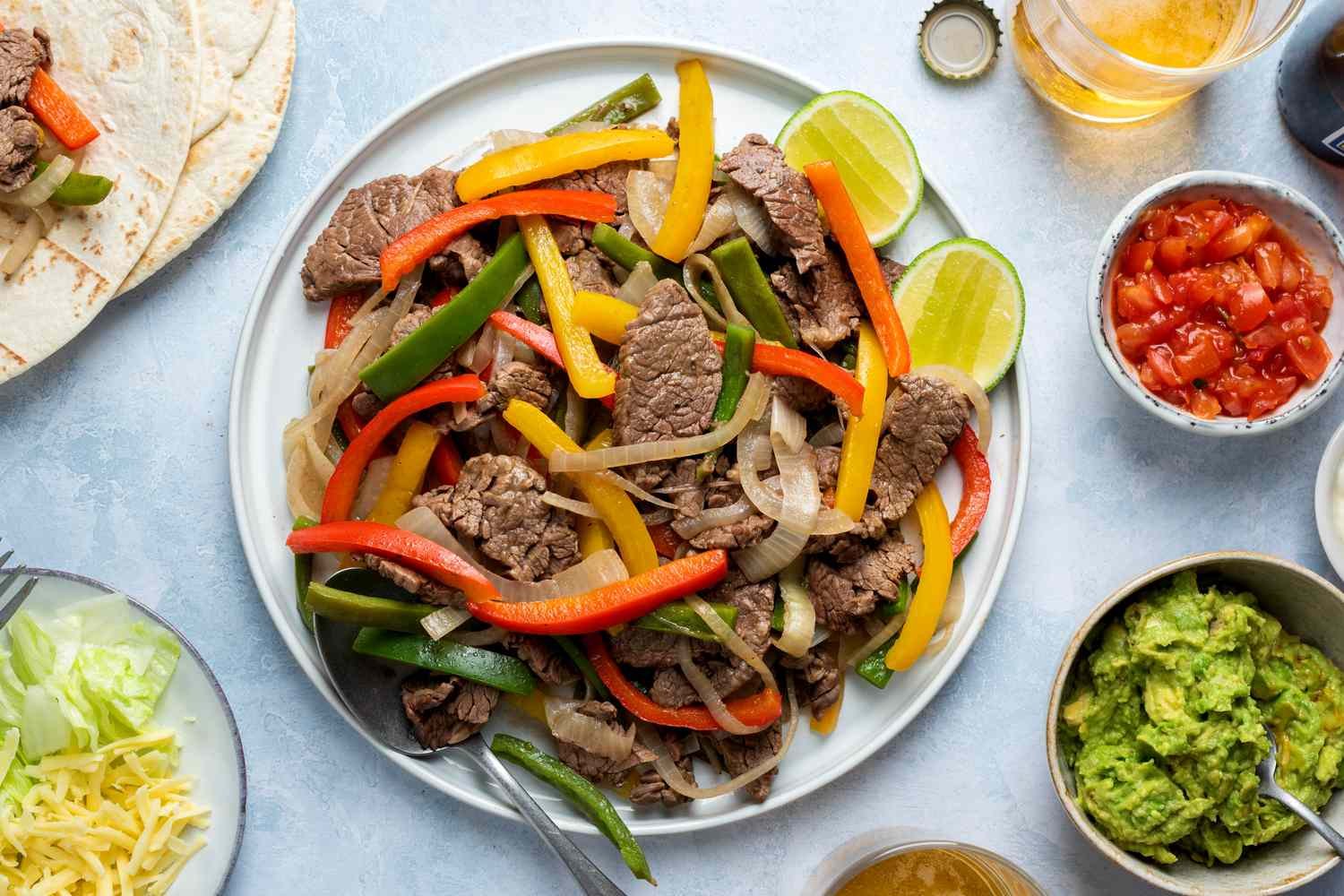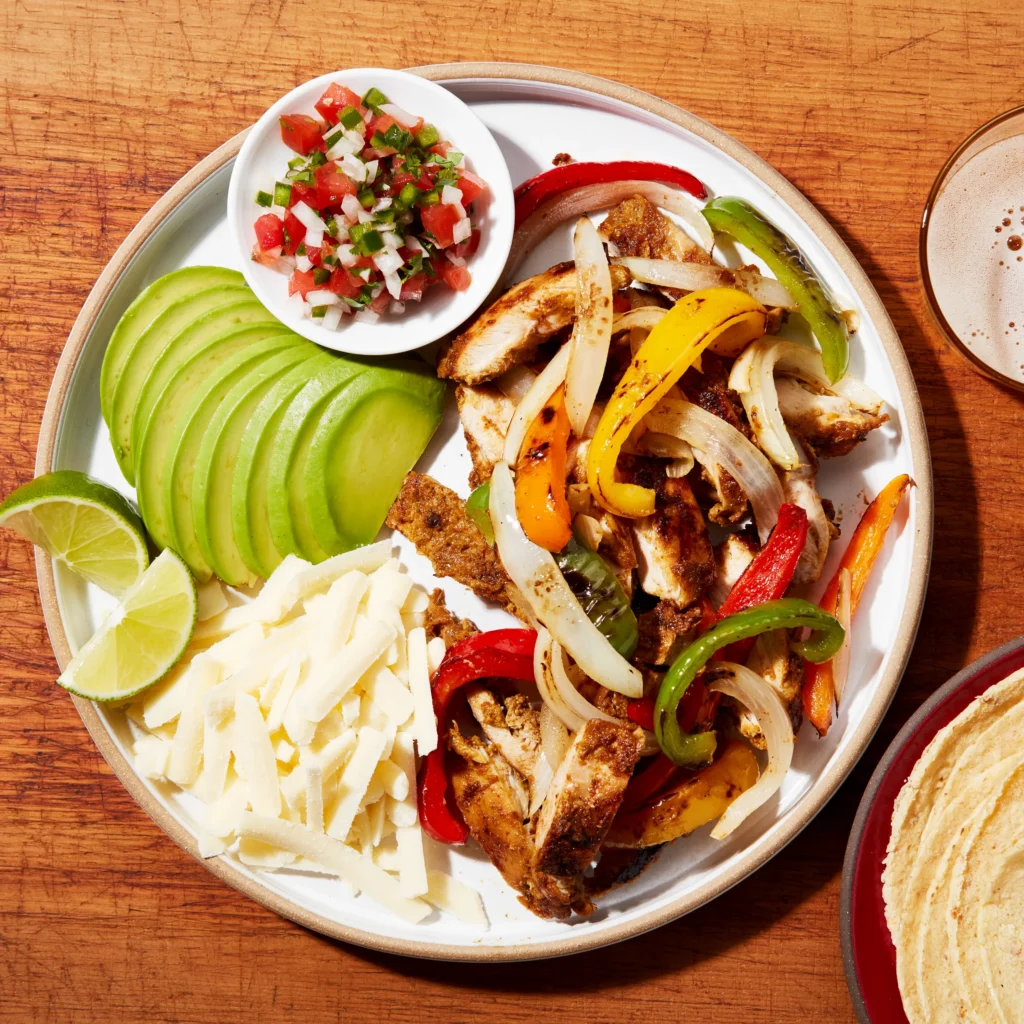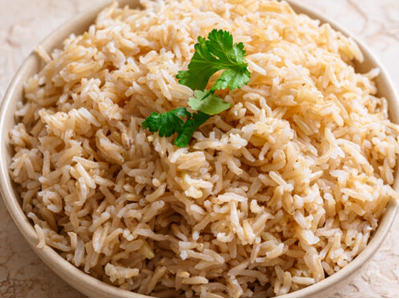Introduction
Understanding how to cook fajitas recipe properly requires attention to seasoning ratios, heat levels, and ingredient sequencing. This guide deconstructs each phase of fajita preparation — from blending the seasoning composition to skillet temperature management — allowing for precision and reproducibility in a home kitchen environment.
The fajita is a Tex-Mex staple recognized globally for its sizzling presentation, balanced spice matrix, and tender meat texture. While restaurant versions are often perfected through controlled heat and marinade optimization, this article explains how to achieve identical results domestically.

1. Ingredient Framework and Seasoning Matrix
To execute how to cook fajitas recipe efficiently, initiate with an optimized spice blend. Replace commercial packets with a custom matrix of chili powder, paprika, onion powder, garlic powder, salt, sugar, cumin, and cayenne pepper. Add 1 tablespoon of cornstarch for adhesion and mild thickening.
The cornstarch functions as a stabilizer, ensuring the seasoning bonds molecularly to the meat surface while retaining moisture during searing. This is essential to replicate the slightly sauced coating typical of restaurant-grade fajitas.
2. Protein Preparation and Marinade Composition
A key component of how to cook fajitas recipe is understanding the protein variable. Utilize both chicken breasts and thighs for optimal textural diversity and fat distribution. Precision slicing — approximately ½ inch in thickness and 2–3 inches in length — guarantees uniform thermal exposure.
Formulate the marinade with the following ratio:
- 2 tsp crushed garlic
- 2 tsp red wine vinegar
- Juice of 1.5 limes
- 1 tsp salt
- 2 tbsp olive oil

Combine the mixture with the prepared fajita seasoning to form a semi-emulsion. Coat the chicken thoroughly and allow for marination under refrigeration for a minimum of 60 minutes. This promotes enzymatic tenderization and flavor integration.
Visit also our other recipe article:- How to Cook Spring Rolls Recipe — Crispy, Golden, and Delicious!
By this stage, the science of how to cook fajitas recipe begins — balancing acidity (lime/vinegar) with fat (olive oil) and salt ensures both penetration and moisture retention.
3. Vegetable Integration for Optimal Balance
The vegetable subsystem in how to cook fajitas recipe contributes both flavor and structural variation. The standard composition includes yellow onions for pungency and bell peppers of varying colors for sweetness and visual contrast. Thin slicing ensures rapid heat transfer and textural consistency.
Frozen alternatives are discouraged due to enzymatic degradation during processing, which compromises both aroma and cell structure.
4. Thermal Control and Cooking Sequence
Implementing how to cook fajitas recipe on a skillet requires precision in heat distribution. Utilize a large, heavy-bottomed skillet — preferably cast iron — and cook in sequential batches.
The ideal process:
- Preheat skillet to medium-high (~400°F).
- Introduce 1 tbsp olive oil.
- Cook chicken in 5-minute intervals per batch to develop a Maillard reaction.
- Reserve cooked chicken and use the residual fond to cook vegetables.
Deglazing occurs naturally through vegetable acidity, lifting flavor residues and coating the vegetables. Optionally, 2 tbsp of water may be added to enhance steam saturation and soften fibers while maintaining crispness.
This method encapsulates the scientific logic of how to cook fajitas recipe — flavor compounding through sequential heat contact.

5. Final Integration and Presentation Dynamics
Return the cooked protein to the skillet with the sautéed vegetables. Introduce 1–2 tbsp of water to reactivate sizzle and heat uniformity. The thermal reintroduction integrates all components, yielding a visually appealing and aromatic presentation.
Serve immediately from the skillet to replicate the restaurant’s signature sizzling effect. Accompaniments may include shredded cheese, pico de gallo, and lime wedges.
6. Common Optimization Variables
For mastery of how to cook fajitas recipe, consider the following:
- Marination Duration: Minimum 1 hour; optimal flavor after 3 hours.
- Heat Management: Maintain between 375–425°F for ideal browning.
- Pan Crowding: Avoid overcrowding to prevent steaming.
- Acidity: Lime juice preserves brightness and tenderizes proteins.
Conclusion
Executing how to cook fajitas recipe with this structured method ensures high replication accuracy of restaurant-quality results. From the molecular role of cornstarch in seasoning adhesion to sequential skillet deglazing, this process balances flavor and technique for consistently excellent fajitas.

